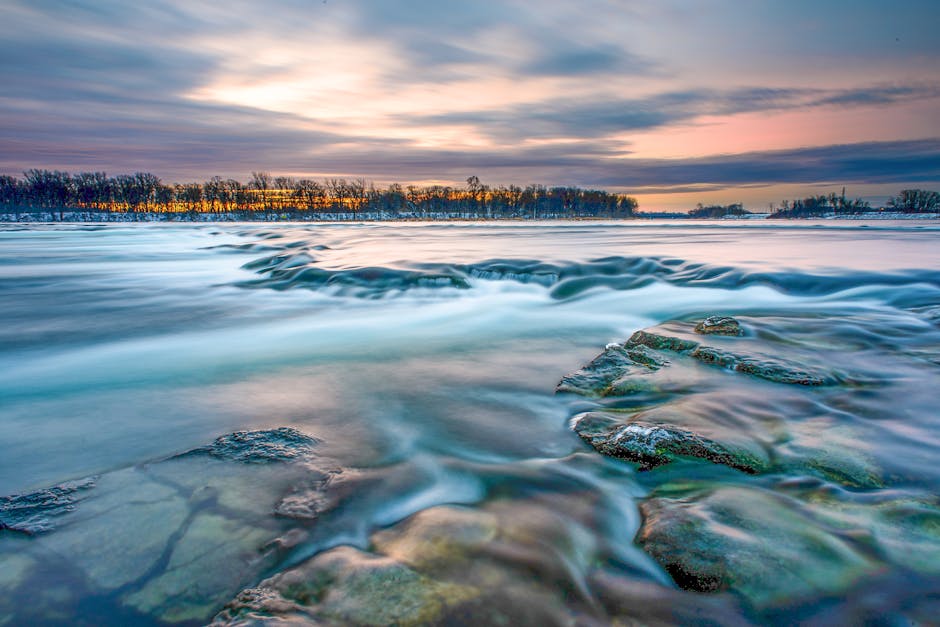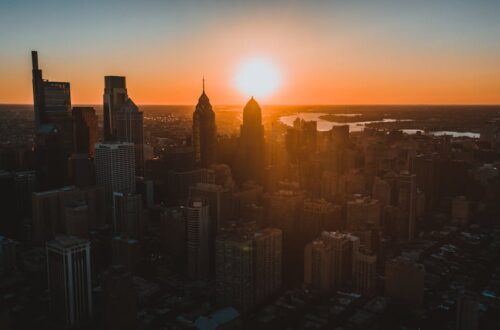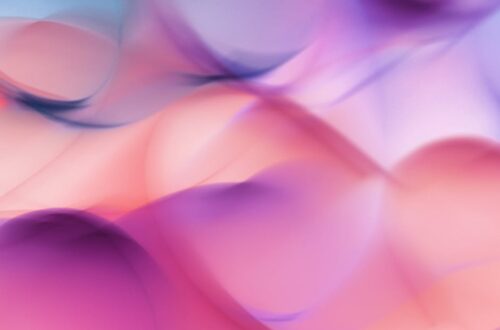Scene flow represents the three-dimensional movement and transition between scenes that creates a cohesive narrative experience for viewers. In the world of animation, few recent examples have captured the imagination of audiences and critics alike as powerfully as the Oscar-winning film Flow. This groundbreaking Blender-made animation has redefined what’s possible in independent animation, utilizing scene flow techniques that bridge classic cinematic approaches with revolutionary digital storytelling. The film’s mastery of visual transitions, emotional pacing, and technical innovation has sparked numerous theories about its deeper meanings and connections.
What makes Flow particularly fascinating is how it employs scene flow not just as a technical necessity but as a storytelling device itself. The film’s seamless transitions between different emotional states, environments, and perspectives have led to numerous fan theories about hidden connections throughout the narrative. This article explores these theories, examining how Flow’s revolutionary approach to scene flow might contain deeper meanings than what appears on the surface.
The Four Pillars of Flow’s Visual Language
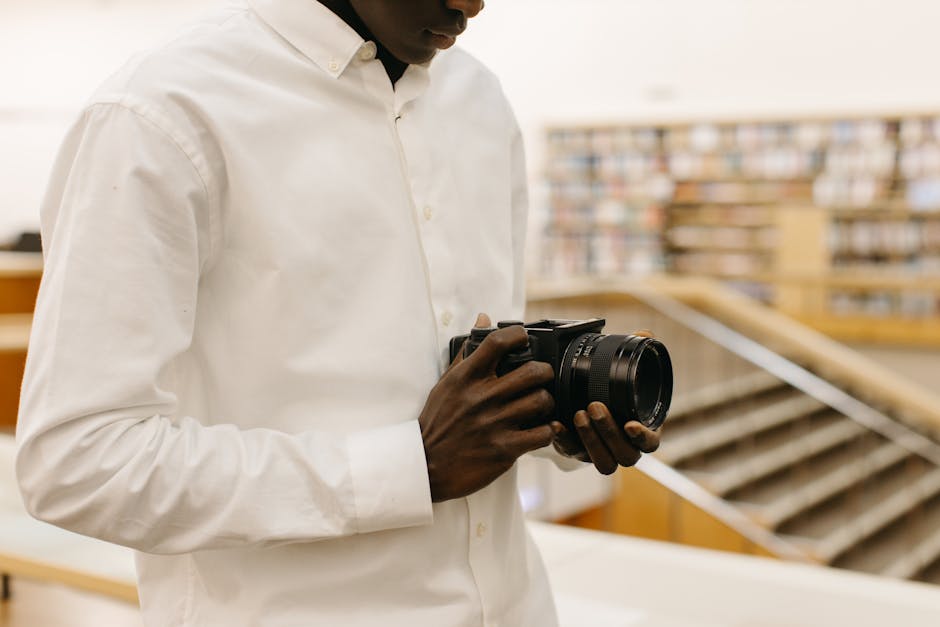
Photo by Yaroslav Shuraev on Pexels
One of the most compelling theories about Flow revolves around its sophisticated visual language system. Unlike many animated films that maintain a consistent visual approach throughout, Flow dynamically shifts its composition style depending on the context of each scene. This deliberate technique has led many film theorists to suggest that the film operates on a four-pillar visual system that communicates different emotional and thematic states.
The first pillar involves center framing, which the film employs during moments of intense emotional focus. When the directors want viewers to feel closely connected to a character, they position them directly in the center of the frame. This technique creates an immediate intimacy that bypasses intellectual barriers and speaks directly to our emotional core. Some theorists suggest this represents the character’s internal harmony or moments of clarity.
The second pillar utilizes the rule of thirds, primarily during scenes involving interactions or when characters exist within larger environments. This balanced composition technique creates visual harmony while simultaneously suggesting the character’s place within a broader context. Fan theories suggest this compositional choice represents the character’s relationship with external forces—either in harmony or in conflict.
The third pillar involves the strategic use of shot types to shape our perception of characters. Wide shots emphasize loneliness by making subjects appear small within overwhelming environments. Mid shots ground viewers in relationships and context by highlighting interactions and body language. Tight shots pull viewers in close, focusing on emotions and subtle expressions in the eyes. Some theorists believe these shot progressions follow mathematical patterns related to the golden ratio, creating a subconscious visual harmony.
The fourth pillar—perhaps the most technically impressive—maintains consistent eye position across multiple shots. If a subject is framed on the left in one shot, it often stays there in the next or is replaced by another equally important subject in the same position. This consistency keeps the viewer’s eyes steady, making cuts feel smoother and transitions more natural. Some fans have theorized that tracking these eye positions throughout the film reveals hidden patterns that foreshadow plot developments.
The Three-Dimensional Theory of Narrative Movement

Perhaps the most technically complex theory about Flow involves its application of actual three-dimensional scene flow principles to storytelling. Scene flow, in technical terms, represents the three-dimensional motion field of points in the world, similar to how optical flow represents the two-dimensional motion field of points in an image. While this concept originates from computer vision and animation technology, some film scholars have proposed that Flow deliberately applies these mathematical principles to its narrative structure.
According to this theory, the film operates on three distinct layers of motion that create a complete three-dimensional narrative experience. The first layer involves the literal movement of characters and objects within the frame—the physical animation itself. The second layer encompasses the emotional movement of the story, tracking how feelings and tensions rise and fall throughout the narrative. The third layer represents thematic movement, how ideas and concepts evolve and transform as the story progresses.
What makes this theory particularly compelling is how these three layers interact with each other. Just as three-dimensional scene flow in computer vision requires understanding how points move in relation to each other, Flow’s narrative seems constructed around how these three layers of movement influence and transform each other. Physical movements often foreshadow emotional shifts, while thematic developments frequently manifest through both physical and emotional changes.
Some fans have gone so far as to map these three dimensions of movement throughout the film, creating complex charts that track the interrelationships between physical, emotional, and thematic flows. These analyses reveal surprising patterns and symmetries that suggest the film’s structure might be even more mathematically precise than initially apparent. The theory proposes that these patterns aren’t merely aesthetic choices but integral to the film’s exploration of how movement—physical, emotional, and conceptual—shapes our experience of reality.
The Golden Age Cinema Connection Theory
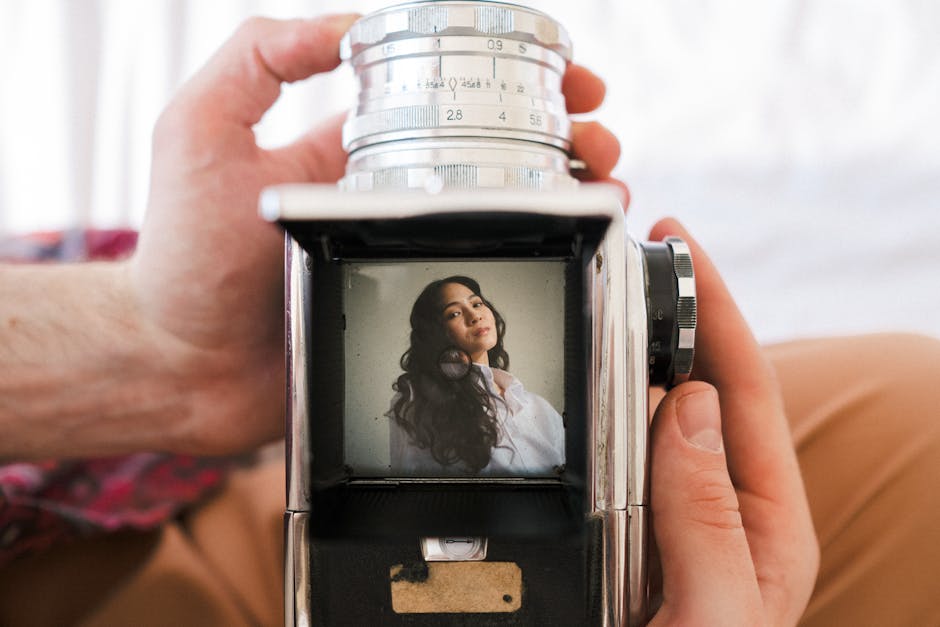
One of the most nostalgic theories about Flow suggests that the film deliberately incorporates and reimagines scene flow techniques from cinema’s Golden Age. During this period (roughly the 1920s through the 1950s), Hollywood developed standardized approaches to scene flow that prioritized clarity and continuity. Directors like Alfred Hitchcock, John Ford, and Howard Hawks mastered the art of guiding viewers through narratives with invisible precision.
The classic Hollywood style relied heavily on the 180-degree rule, match cuts, and establishing shots to maintain spatial coherence. Scenes typically followed a predictable pattern: establish the location, introduce the characters, develop the action, and then transition smoothly to the next scene. These transitions often employed dissolves, fades, or wipes—visual cues that signaled the passage of time or change in location.
Flow enthusiasts have identified numerous moments where the film seems to directly reference these classic techniques while simultaneously subverting them through modern digital approaches. For instance, the film maintains the Golden Age’s emphasis on establishing shots and spatial coherence but transforms these techniques through dynamic camera movements that would have been impossible in the analog era. Similarly, while classic Hollywood used dissolves and fades to indicate temporal shifts, Flow employs complex digital transitions that maintain the same function while adding layers of visual meaning.
This theory suggests that Flow isn’t merely paying homage to classic cinema but engaging in a dialogue with it, demonstrating how digital animation can preserve the emotional and narrative clarity of Golden Age techniques while expanding their expressive possibilities. Some fans have even compiled side-by-side comparisons between scenes in Flow and classic films like Casablanca, highlighting striking similarities in compositional approaches and transition techniques despite the vast technological differences.
The Golden Age Connection Theory proposes that Flow’s success stems partly from this bridge between cinematic eras—honoring traditional storytelling techniques that have proven effective for decades while reimagining them through contemporary digital possibilities. This balance between tradition and innovation might explain why the film resonates with both older viewers nostalgic for classic cinema and younger audiences accustomed to digital animation.
The Sound-Visual Synchronicity Theory
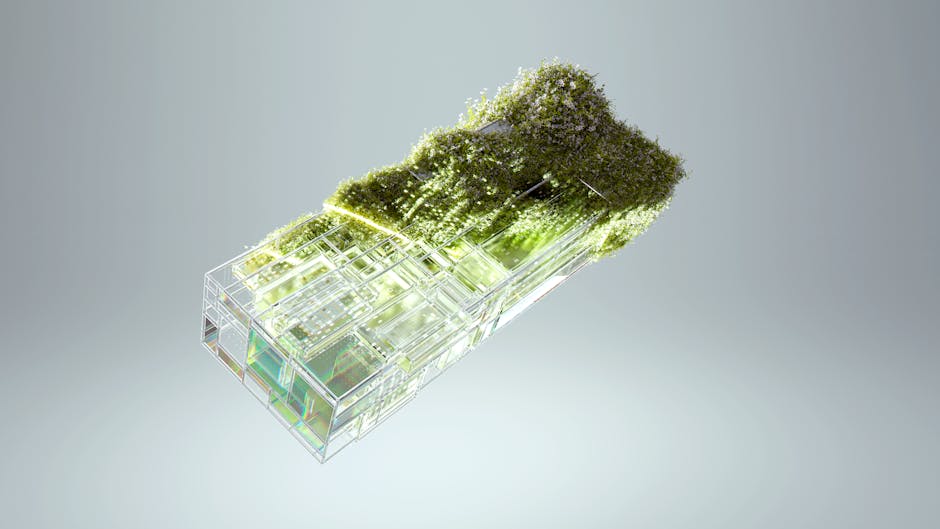
Photo by Google DeepMind on Pexels
Perhaps the most technically innovative theory about Flow involves its sophisticated integration of sound and visual elements. Unlike many animated films where sound design follows visual creation, fans have theorized that Flow was constructed around a principle of sound-visual synchronicity, where audio cues directly influence visual attention and movement patterns.
According to this theory, Flow uses subtle sound cues to lead viewer attention, priming the brain to expect movement before it occurs visually. A slight rustle from the left or right stereo space guides the eye in that direction, making subsequent visual transitions feel more natural and intuitive. This technique creates a subliminal flow between scenes that operates below conscious awareness but significantly enhances the viewing experience.
Sound theorists have identified complex patterns of audio frequency shifts that seem to correspond with visual transitions throughout the film. Low-frequency sounds often precede expansive wide shots, while higher frequencies correlate with intimate close-ups. These audio-visual relationships create a multisensory experience where sound doesn’t merely accompany the visuals but actively shapes how we perceive them.
Some fans have even suggested that the film contains hidden audio patterns that reveal additional narrative layers when analyzed through spectrograms or other audio visualization tools. These theories propose that certain sound frequencies contain encoded information that provides clues to character motivations or future plot developments—creating an audio puzzle for dedicated fans to unravel.
The Sound-Visual Synchronicity Theory proposes that Flow’s revolutionary approach to scene flow extends beyond visual techniques to encompass a holistic sensory experience where sound and image work in perfect harmony. This integration might explain why many viewers report feeling unusually immersed in the film—their brains are receiving consistent, reinforcing information across multiple sensory channels, creating a more complete and convincing fictional reality.
The Emotional Mapping Theory

One of the most psychologically intriguing theories about Flow involves its apparent use of emotional mapping techniques. According to this theory, the film’s scene flow doesn’t just transition between physical locations but deliberately guides viewers through a carefully constructed emotional landscape. Each scene transition serves not only narrative purposes but emotional ones, creating a psychological journey that parallels the literal one.
Proponents of this theory have identified recurring visual motifs that seem to correspond with specific emotional states. Certain color palettes, lighting techniques, and compositional approaches consistently appear during moments of similar emotional intensity, creating a visual language of feelings that operates throughout the film. For instance, scenes of uncertainty often feature asymmetrical compositions with increased negative space, while moments of resolution typically employ more balanced, centered framing.
What makes this theory particularly compelling is how these emotional signifiers evolve throughout the film. Early scenes establish baseline associations between visual elements and emotional states, but these relationships become more complex and nuanced as the story progresses. This evolution creates a growing emotional vocabulary that allows for increasingly sophisticated emotional expressions in later scenes.
Some fans have mapped these emotional patterns throughout the film, creating emotional flow charts that track how the movie guides viewers through different feeling states. These analyses reveal surprising symmetries and rhythms in the emotional journey, suggesting the film might be constructed around psychological principles of emotional processing and catharsis.
The Emotional Mapping Theory suggests that Flow’s revolutionary approach to scene flow incorporates not just visual and narrative considerations but psychological ones as well. By creating a consistent emotional language that evolves throughout the film, the directors may have crafted a viewing experience that resonates on deeper psychological levels than most animated features.
The Blender Revolution: Technical Innovations Behind the Theories
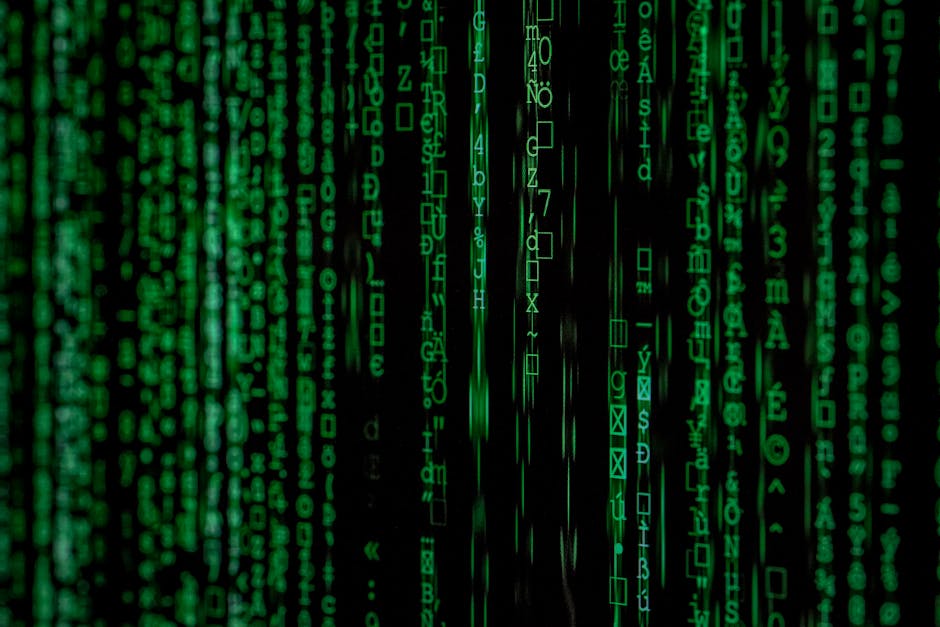
Photo by Markus Spiske on Pexels
Underlying many of these theories about Flow is the revolutionary fact that the film was created using Blender, an open-source 3D creation suite. This technical foundation has spawned its own set of theories about how the film’s unique approach to scene flow might be directly connected to the capabilities and limitations of this software.
Blender enthusiasts have analyzed the film frame by frame, identifying techniques that would be particularly efficient or innovative within the Blender workflow. Some have theorized that certain transitions and effects that appear seamless in the final film actually represent clever workarounds for technical limitations, demonstrating how creative constraints can lead to artistic innovations.
One particularly interesting technical theory involves Flow’s apparent use of procedural animation techniques. Rather than manually animating every element, the film seems to employ systems where certain movements and transitions follow mathematical rules or simulations. This approach creates organic-feeling motion that maintains consistency throughout the film while allowing for surprising variations.
Technical analysts have also identified innovative uses of Blender’s node-based compositing system throughout the film. These techniques allow for complex visual transitions that blend multiple elements seamlessly, creating the film’s distinctive flow between scenes. Some theorists suggest these compositing approaches represent a fundamental shift in how animated storytelling can be constructed, moving away from traditional shot-by-shot thinking toward a more fluid, continuous visual experience.
The Blender Revolution Theory proposes that Flow’s groundbreaking approach to scene flow isn’t merely an artistic choice but a direct result of embracing new technical possibilities. By leveraging open-source tools and developing innovative workflows, the filmmakers may have discovered new approaches to visual storytelling that wouldn’t have emerged within traditional animation pipelines. This theory suggests that Flow represents not just an artistic achievement but a technical one that could influence animation production for years to come.
Connecting the Dots: The Unified Flow Theory

Photo by Yan Krukau on Pexels
Perhaps the most ambitious theory about Flow attempts to unify all these individual theories into a comprehensive understanding of the film’s approach to scene flow. The Unified Flow Theory suggests that the film operates on multiple interconnected levels simultaneously, creating a viewing experience that resonates differently depending on the viewer’s perspective and attention.
According to this theory, Flow’s revolutionary approach to scene flow incorporates visual, auditory, emotional, technical, and nostalgic elements into a single coherent system. The film doesn’t just transition between scenes but orchestrates complex shifts across all these dimensions simultaneously. A scene transition might involve not just a visual change but coordinated shifts in sound design, emotional tone, technical approach, and cinematic reference points.
What makes this unified approach particularly powerful is how it creates multiple entry points for different viewers. Film scholars might appreciate the references to Golden Age cinema, while technical enthusiasts might focus on the innovative Blender techniques. Emotional viewers might respond primarily to the psychological mapping, while others might be drawn to the visual language system. Each perspective offers a valid and rewarding way to experience the film.
The Unified Flow Theory suggests that these different dimensions aren’t separate aspects of the film but integral parts of a single artistic vision. The film’s title itself—Flow—might be understood as referring not just to the narrative or visual flow but to this multidimensional integration of all elements into a seamless whole. This theory proposes that the film’s Oscar win and critical acclaim stem from this unprecedented unification of so many different aspects of filmmaking into a single coherent experience.
As fans continue to analyze and discuss Flow, new theories will undoubtedly emerge, further enriching our understanding of this landmark film. What remains clear is that its revolutionary approach to scene flow—whether understood through visual language, three-dimensional narrative, Golden Age connections, sound-visual synchronicity, emotional mapping, technical innovation, or some unified combination of all these—has forever changed how we think about animation and storytelling.
Sources
- https://scenlo.com/the-evolution-of-scene-flow-in-cinema-from-classic-techniques-to-modern-digital-storytelling/
- https://www.youtube.com/watch?v=4vpqa2oYuMY
- https://elements.envato.com/learn/flow-movie
- https://www.ri.cmu.edu/pub_files/pub2/vedula_sundar_1999_1/vedula_sundar_1999_1.pdf
- https://nichperezcsc.com/scene-sequence-analysis
